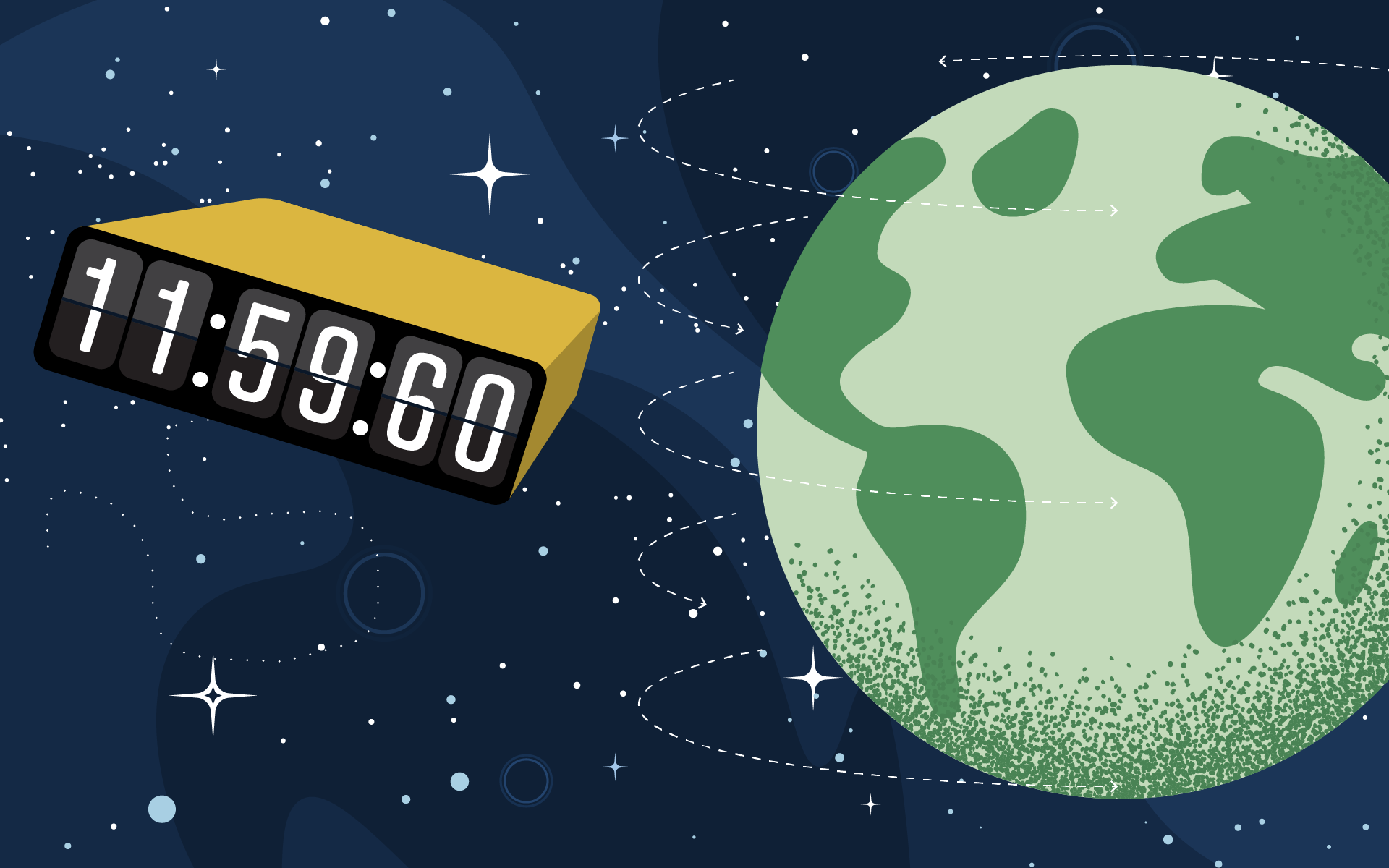Free Courses Sale ends Soon, Get It Now


Free Courses Sale ends Soon, Get It Now



Disclaimer: Copyright infringement not intended.
Context
Glaciers are melting so fast that we may need to delay adding that 'negative leap second' to keep clocks aligned with Earth's rotation.
Details
Key takeaways
Impact of Melting Ice Sheets:
Coordinated Universal Time (UTC) and Leap Seconds:
Delay in Implementing "Negative Leap Second":
Potential Challenges and Concerns:
About Leap Seconds
Background
How Leap Seconds Work
Impact and Importance
Debates
Conclusion
Leap seconds play a crucial role in maintaining the accuracy of our timekeeping systems by reconciling the precision of atomic clocks with the Earth's variable rotation. While they present challenges for certain technologies and systems, they are essential for ensuring the reliability and integrity of timekeeping on a global scale. As we continue to advance technologically, ongoing discussions and debates surrounding leap seconds will shape the future of timekeeping standards and practices.
|
PRACTICE QUESTION Q. Melting ice sheets may postpone need for ‘negative leap second’. Critically Analyse this statement. (250 Words) |
© 2024 iasgyan. All right reserved